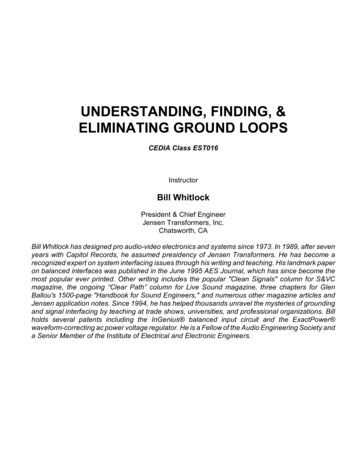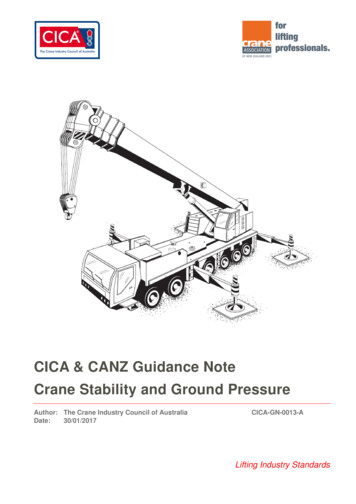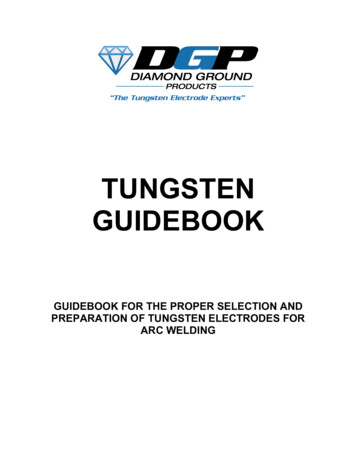
Transcription
TUNGSTENGUIDEBOOKGUIDEBOOK FOR THE PROPER SELECTION ANDPREPARATION OF TUNGSTEN ELECTRODES FORARC WELDING
Nineth Printing: June 2013This Guidebook for the Proper Selection and Preparation of Tungsten Electrodes for ArcWelding is an effort to provide information for use by welders in various industries.Reasonable care was taken in the compilation and publication of this guidebook toensure the authenticity of its contents. No representation or warranty is made as to theaccuracy or reliability of this information, or to imply fitness for any purpose. Theinformation in this document is subject to change without notice.The information contained in this guidebook may not be construed as a grant of anyright of manufacture, sale, use or reproduction in connection with any method, process,product, or system which is covered by patent, copyright, or trademark. No effort hasbeen made to determine whether any information in this booklet is covered by patent,copyright, or trademark and no research has been conducted to determine whether aninfringement would occur.This booklet, in part or entirety, may not be reproduced without the express writtenpermission of Diamond Ground Products, Inc.DIAMOND GROUND PRODUCTS“The Tungsten Electrode Experts”2651 Lavery Court Newbury Park, CA 91320 Tel: 805-498-3837 Fax: 805-498-9347 www.diamondground.comTungsten GuidebookRevision: 8.0 (June 2013)Page 2 of 27
Table of Contents1Introduction . 42Choosing the Proper Tungsten . 62.1The Basics . 62.2Determinants of Tungsten Performance . 82.2.1Manufacturing Variables . 82.2.2Physical Characteristics of Different Oxides . 92.3Oxide Types . 112.3.1Thoriated (EWTh-1 Yellow Stripe Electrode Classifications:Yellow Stripe; and EWTh-2 Electrode Classifications: RedStripe) . 112.3.2Ceriated (EWCe-2 Electrode Classification: Grey/ FormerlyOrange Stripe) . 122.3.3Lanthanated (EWLa Electrode Classification) . 132.3.4Zirconiated Tungsten (EWZr01 Electrode Classification: BrownStripe; and EWZr-8 Classification: White Stripe) . 132.3.5Pure Tungsten (EWP Electrode Classification: Green Stripe) 132.3.6Other Options . 142.3.7Electrode Sizes and Current Capacities . 142.4Determining Which Tungsten to Use . 153Proper Preparation . 163.1Electrode Geometry. 163.2The Proper Equipment . 203.3Proper Grinding and Cutting Techniques . 213.4Safety Suggestions . 254DGP Products that Meet Welders’ Needs . 274.1The Proper Tungsten. 274.2The Proper Precision Tungsten Electrode Grinders . 274.3Properly Pre-Ground and Cut Electrodes . 274.4Replacement Tungsten Grinder Wheels. 27DIAMOND GROUND PRODUCTS“The Tungsten Electrode Experts”2651 Lavery Court Newbury Park, CA 91320 Tel: 805-498-3837 Fax: 805-498-9347 www.diamondground.comTungsten GuidebookRevision: 8.0 (June 2013)Page 3 of 27
1IntroductionThis specification is intended to assist welders in selecting and preparing one of themost important and frequently overlooked welding process variables: the electrode.Welders can spend thousands of dollars on welding equipment, but if they do not selectand prepare their electrodes with this less expensive process component properly, thentheir welding results can be poor, inconsistent, or problematic. This guide will helpeliminate this variable as a concern in your welding and make it an asset.This information applies only to the selection and preparation of electrodes for GasTungsten Arc Welding (GTAW), also known as Tungsten Inert Gas (TIG) welding andPlasma Arc Welding (PAW). The different types of GTAW and PAW welding that thisapplies to includes but is not limited to Orbital Tube and Pipe Welding,Automatic/Mechanized TIG Welding, “Micro-TIG,” Automatic/Mechanized PlasmaWelding, “Micro-Plasma,” and Manual Arc Welding. The section of this booklet thatdescribes the proper electrode grinding techniques is dedicated almost entirely to directcurrent welding, since electrodes for alternating current welding are usually balled andnot ground.GTAW is used in many industries, including Aerospace, Semiconductor,Biotechnology/Pharmaceutical, Tube Producers, Contractors, Automotive, Fitting andValve Manufacturers, Industrial, Nuclear, and Specialty Gases.Table 1: Applications for Correctly Ground, Cut and Prepared Tungsten WeldingElectrodes For TIG Welding ApplicationsOrbital TIG/ Tube To produce the high quality orbital fusion welds required of today'sWeldinghigh tech industries, tungsten electrode shape is an importantvariable that must be kept consistent. Most orbital manufacturersrequire a precise tungsten length.Orbital TIG/ PipeWeldingOrbital pipe welding application using TIG is primarily limited to thenuclear, pharmaceutical, and chemical processing industries. Theseindustries, along with a few not mentioned, require X-ray perfectorbital pipe welds in the 125 amp - 300 amp current range.A consistently prepared electrode is required for consistent currentflow and arc voltage characteristics. Most orbital pipe welders use3/32 or 1/8 diameter electrodes. They also must be cut-to-length,however, not as precise as the orbital tube welder.DIAMOND GROUND PRODUCTS“The Tungsten Electrode Experts”2651 Lavery Court Newbury Park, CA 91320 Tel: 805-498-3837 Fax: 805-498-9347 www.diamondground.comTungsten GuidebookRevision: 8.0 (June 2013)Page 4 of 27
Mechanized TIGWeldingMechanized Tig Welding encompasses a wide spectrum ofapplications such as precision bellows welding using .040 diametertungsten electrode at 1.0 ampere up to high speed tube millswelding with a .250 diameter tungsten electrode using current ashigh as 600 amperes. A precise yet consistent electrode will have adramatic effect in weld results and tungsten electrode life. Cuttingthe tungsten electrode is usually required if the electrode is grosslycontaminated.Manual TIGWeldingArc starting and arc stability from a consistently prepared tungstenelectrode will be beneficial to the manual welder. Most hand welding'FIG torches require a 7.0" long electrode be cut in half to fit themanual welding torch. This can be accomplished best with thediamond cutting mechanism described in this booklet.Manual &MechanizedPlasma ArcWeldingThe plasma arc welding process requires a very precisely shaped,tungsten electrode. The tip of the tungsten must be kept concentricto the diameter to place it in the correct position centered in theplasma torch. This is a critical parameter adjustment in plasma arcwelding. Most plasma welding torches also require a cut-to-lengthtungsten electrode.The technical details of TIG and PLASMA arc welding are that an electric arc istransferred from a tungsten electrode to a work piece. Typically, to initiate the arc, highvoltage is used to break down and ionize the shielding gas between the electrode andthe work piece. Current is then transferred from the electrode to the work to create anelectric arc. The tungsten electrode serves as the terminal for the electric arc and fusestogether either with or without filler material. Although there are different methods of arcinitiation, high voltage arc starting is the standard used in this guidebook.There are several variables to consider in a welding procedure. Tungsten electrodegeometry affects the arc shape (thereby affecting the weld bead size and shape), theweld penetration, and point longevity of the electrode. Proper electrode grindingprocedures and equipment should be used in order to ensure that electrodes aredimensionally correct. Finally, different tungsten materials posses differentcharacteristics in arc start ability, electrode life, and contamination resistance. Thismakes the selection of the proper material for your application an important variable inwelding performance. The proper preparation of electrodes in each of these areas willprovide the benefits of consistent welding with optimum performance.DIAMOND GROUND PRODUCTS“The Tungsten Electrode Experts”2651 Lavery Court Newbury Park, CA 91320 Tel: 805-498-3837 Fax: 805-498-9347 www.diamondground.comTungsten GuidebookRevision: 8.0 (June 2013)Page 5 of 27
2Choosing the Proper TungstenThe proper tungsten material to use for an application depends on many variables,including the type of weld, the composition of the material being welded, the amperagelevel, among other factors. The following section discusses available options andhighlights the accepted standards. The recommendations provided are based oninformation from industry end users and tungsten manufacturers. However, because ofthe many variables present in the welding process, it is difficult to generalize. The bestway to determine which tungsten material is best suited for a particular application isthrough testing.2.1The BasicsDiameters and Lengths: Tungsten Electrodes are available in a variety of standarddiameters and lengths. The most commonly used diameters are shown in Table 2.Table 2: Common Tungsten Electrodes (U.S. and Metric Measurements)U.S. Customary MeasurementsMetric Measurements.040”1.0 mm1/16” (.062” and .060”)1.6 mm3/32” (.093”)2.4 mm1/8” (.125”)3.2 mm5/32” (.156”)4.0 mm3/16” (.187”)4.8 mmIn addition to these sizes, some manufacturers also offer .020” (0.5mm) and ¼” (6.4mm) tungsten. The most common length is 7.00” (175 mm). Tungsten is normally soldin boxes of 10 pieces.DIAMOND GROUND PRODUCTS“The Tungsten Electrode Experts”2651 Lavery Court Newbury Park, CA 91320 Tel: 805-498-3837 Fax: 805-498-9347 www.diamondground.comTungsten GuidebookRevision: 8.0 (June 2013)Page 6 of 27
Current Ranges: Refer to Table A.2 of AWS A5.12M/A5.12:2009 Specification forTungsten and Oxide Dispersed Tungsten Electrodes for Arc Welding and Cutting. TheAmerican Welding Society document provides a table that shows the general currentranges for tungsten using Direct Current (DC) and Alternating Current (AC). All valueslisted are based on using argon as the shielding gas. Different electrode materials willvary slightly from these guidelines. Use of other gases will also change therecommended currents. As such, this chart should be used as a general guide. Alsokeep in mind that for a given amount of amperage, larger diameter electrodes will lastlonger, but will be harder to arc start. Excessive current will cause the electrode to meltand drop off. Insufficient current will lead to unstable arc.International Color Coding Chart: Each stick of tungsten has a color code applied toone end which identifies the material type of the tungsten. Refer to Table 1 of AWSA5.12M/A5.12:2009 Specification for Tungsten and Oxide Dispersed TungstenElectrodes for Arc Welding and Cutting. The American Welding Society documentprovides a table that identifies the color coding used in United States, Europe, andJapan, which represent the bulk of the market share of sold tungsten.Standards: The United States, Europe, and Japan each have a published standard fortungsten as shown in Table 3. These standards dictate the dimensions, packaging, andmanufacturing requirements that tungsten must meet. However, meeting thesestandards does not guarantee that a particular tungsten was manufactured by a highquality manufacturer.Table 3: Tungsten StandardsMarket AreaStandard NameUnited StatesANSI/AWS A5.12CanadaASME/SFAEuropeISO 6848JapanJISDIAMOND GROUND PRODUCTS“The Tungsten Electrode Experts”2651 Lavery Court Newbury Park, CA 91320 Tel: 805-498-3837 Fax: 805-498-9347 www.diamondground.comTungsten GuidebookRevision: 8.0 (June 2013)Page 7 of 27
2.2Determinants of Tungsten PerformanceIn most applications, welders use tungsten that contains an emission-enhancing oxidesuch as Thorium, Cerium, or Lanthanum. These oxides naturally migrate from inside thetungsten to the heat at the point of the electrode, where they give off their oxide elementin the arc, and leave a film of the metal alloy on the tip. This causes the electrode tohave a different temperature at the tip based on the work function of that element. Theoxides that are emitted at the tip serve to improve arc starting and stability. They alsocause the electrode to provide the same level emission as pure tungsten at much lowertemperatures. Lower temperatures improve the longevity of the tungsten and keep thegrains within the tungsten smaller for improved arc stability. Thus, oxides are a veryimportant part of tungsten. Each oxide has unique physical characteristics that affecttungsten performance. In addition, the technique used in manufacturing the tungstenwill also affect its performance.2.2.1 Manufacturing VariablesGrain
Current Ranges: Refer to Table A.2 of AWS A5.12M/A5.12:2009 Specification for Tungsten and Oxide Dispersed Tungsten Electrodes for Arc Welding and Cutting. The American Welding Society document provides a table that shows the general current ranges for tungsten using Direct Current (DC) and Alternating Current (AC). All valuesFile Size: 1MBPage Count: 27
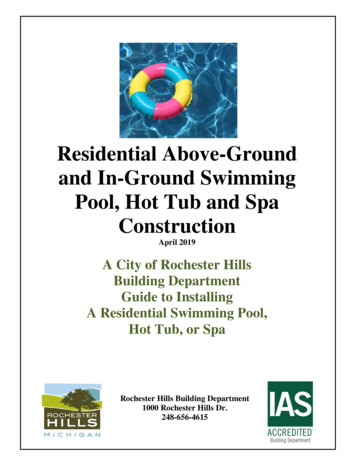
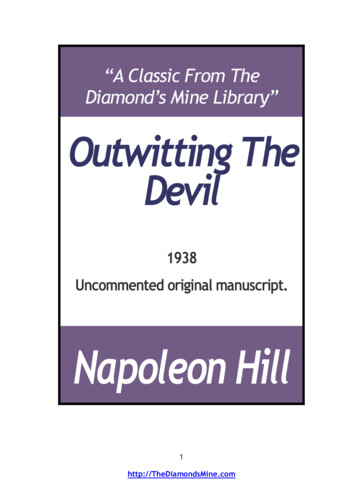
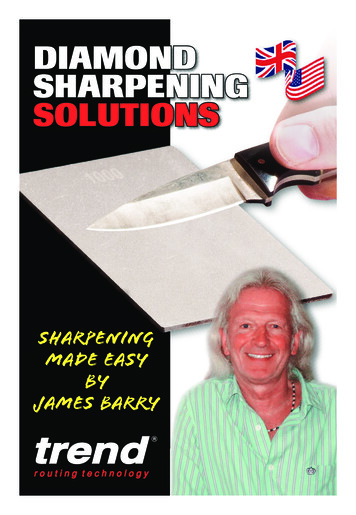
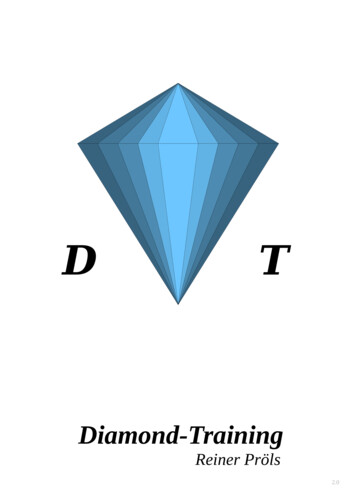
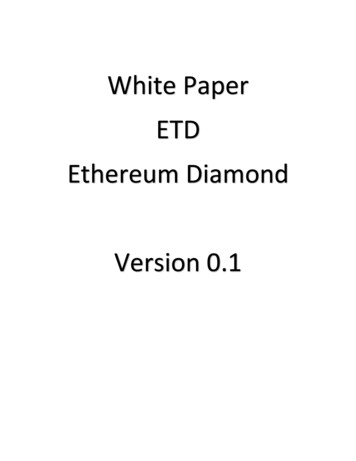
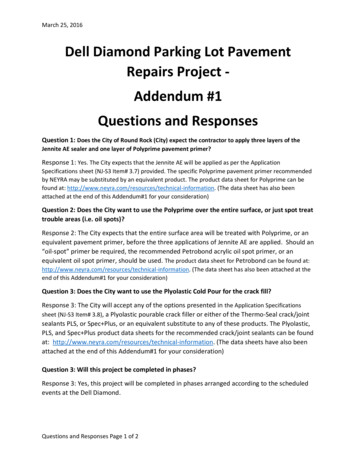
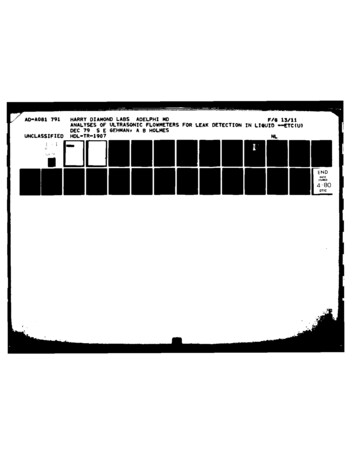
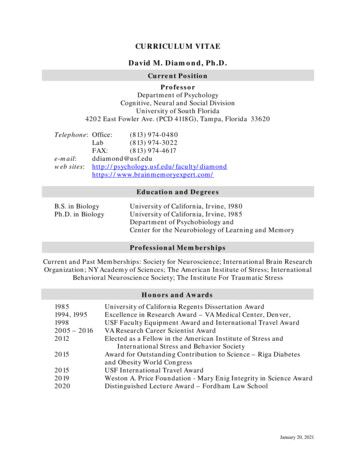
![Chess Transforming Care Tues PM Diamond B.ppt [Read-Only]](/img/11/transforming-care.jpg)
